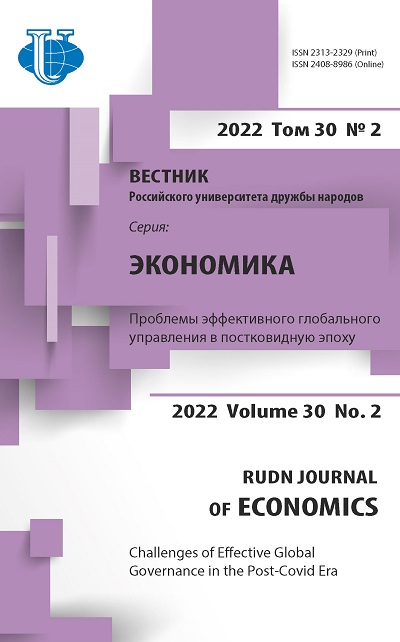Abstract
The paper provides a comparative analysis of smart city rankings as a tool to assess the effectiveness of measures implemented by the city authorities to digitalize the urban economy. The genesis of the issue of ranking smart cities in the academic literature has been considered, and three international rankings have been selected for comparative analysis. Their comparison shows that those rankings, which are based on a wide selection of cities and statistical indicators, as well as assessments of experts and citizens, are the most effective in assessing the course towards smartization. It has been proven that, at the moment, the most representative is the rating IESE “Cities in Motion”, which, however, does not take into account the qualitative methods of assessing cities. This experience can be used by city and national authorities to implement policies to promote smart cities, including in Russia, where its “IQ index of cities” has been created.















